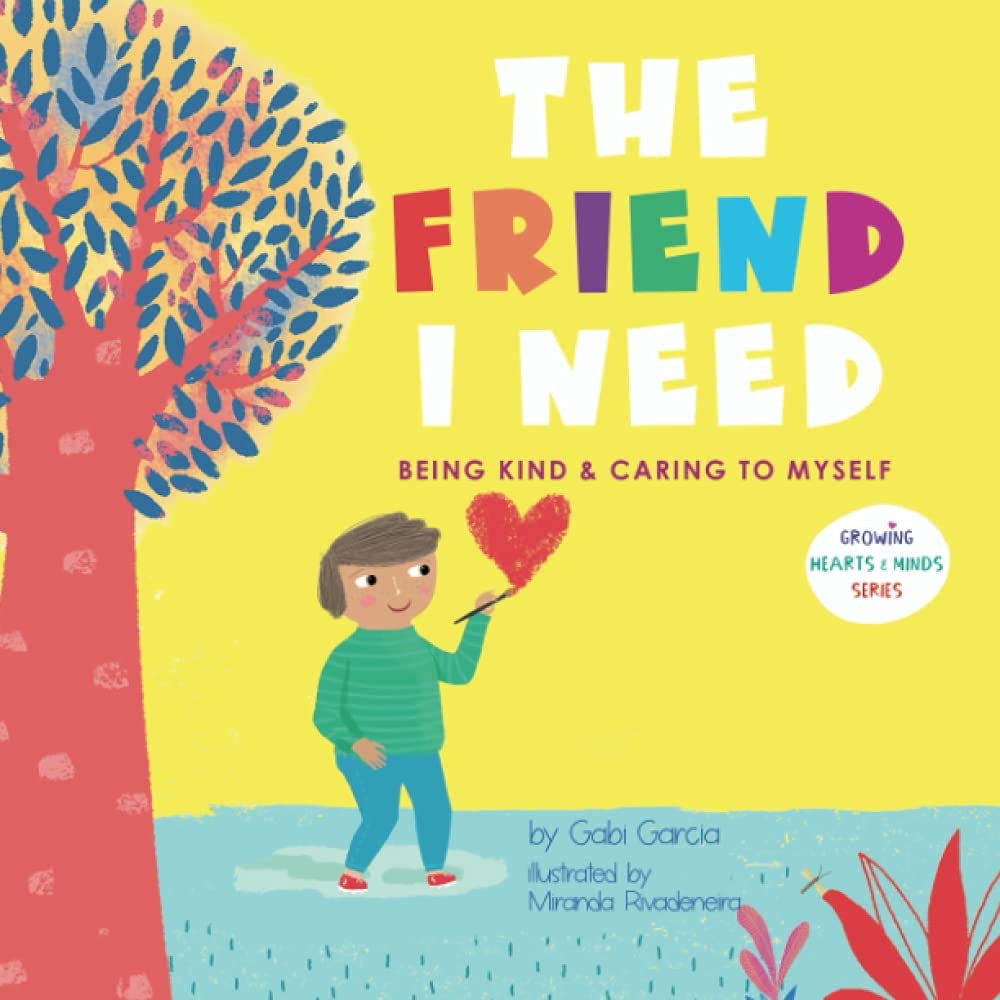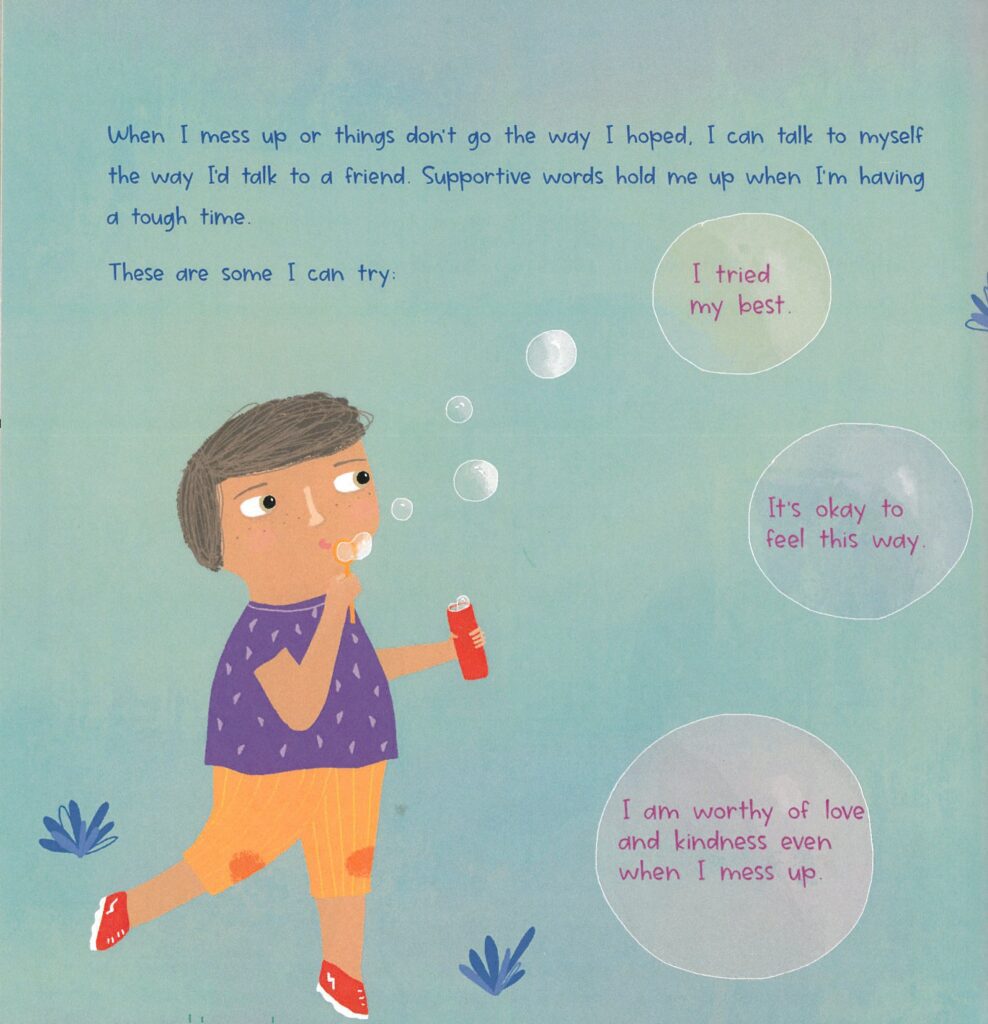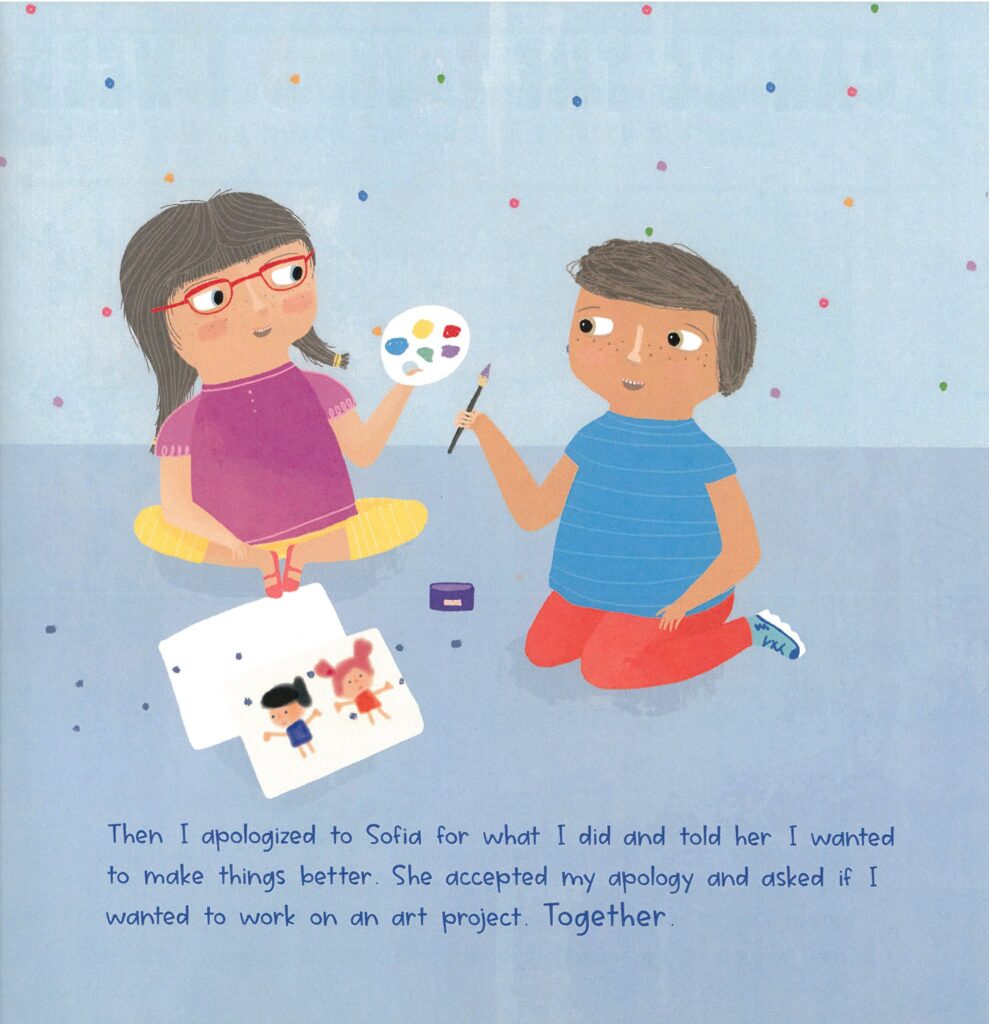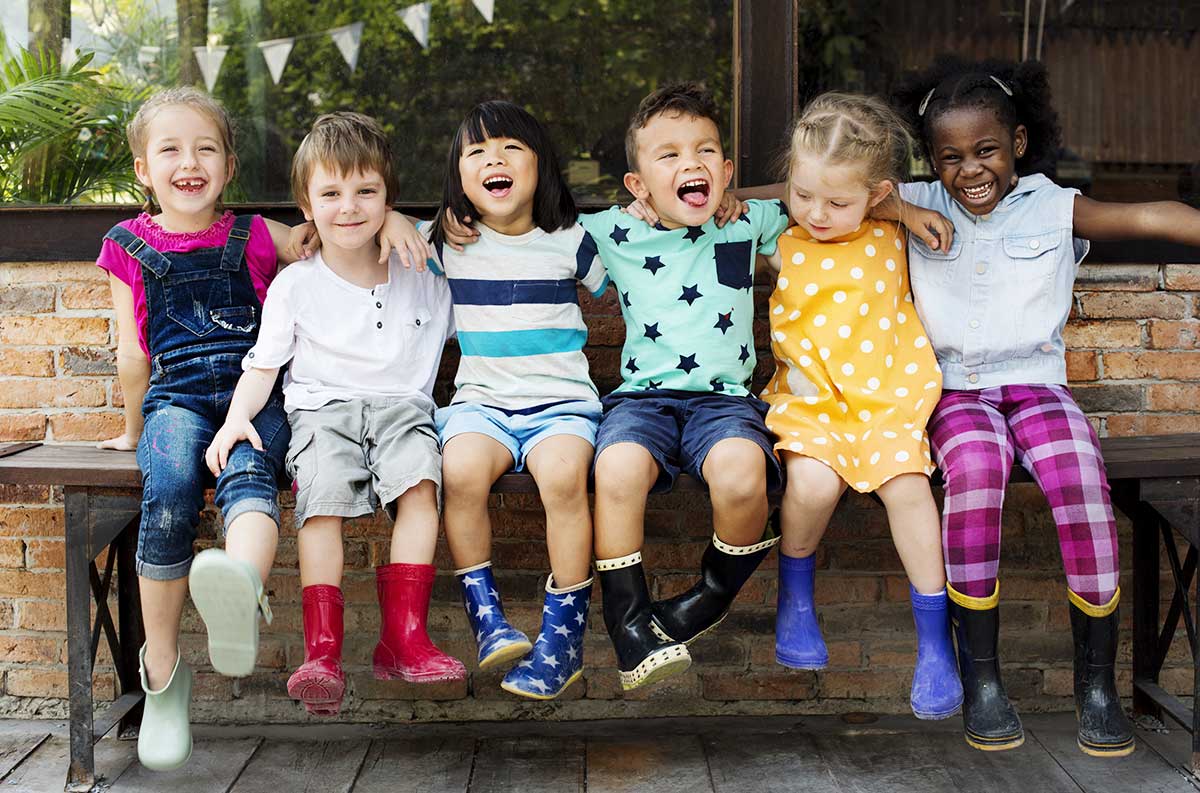
Inclusive Children's Book Teaching Guide
The Friend I Need: Being Kind and Caring to Myself
What is this book about?
"I've spent a lot of time learning how to be a friend to others, but what does it mean to be a friend to myself?"
The Friend I Need helps children answer that question.
Sometimes, being a kid can be tough. The pressures that young children feel are real. Unfortunately, so is the negative self-talk that can sometimes follow when children don't get things right the first (or the fifth) time or when children are experiencing intense emotions.
But it doesn't have to be this way. Most children have spent time in school or at home learning how to be good friends to others. But what about being a good friend to oneself?
The Friend I Need is a gentle reminder to children that they can be kind, encouraging and supportive of themselves and others.
Who is depicted in this book?
- Children confronted with tough situations that they feel bad, sad, hurt, disappointed, or angry about
- Children who show sensitivity to others and encourage others to be sensitive and supportive
- Children who cause hurt and then reflect and apologize
- Children who self-soothe to make themselves feel better
What early childhood themes and concepts does this book explore?
- Strategies for working through emotions in a positive way
- Using gentle touches to comfort one another
- Characteristics of a good friend
How does this book support anti-bias education?
By describing situations that many young children will experience and showing them how to be kind to themselves and others, The Friend I Need helps lay the foundation for empathy and allyship in early childhood.
Even the youngest children may appreciate the illustrations of kindness and caring, while the examples of more complex narratives about school-based interactions may be relatable to older children.
Depending on how the book is shared or used—and the developmental level of the children—The Friend I Need: Being Kind and Caring to Myself may be used to support the following core goals from Anti-Bias Education for Young Children and Ourselves:
Diversity—Teachers will promote each child’s comfortable, empathetic interaction with people from diverse backgrounds so that children will express comfort and joy with human diversity, use accurate language for human differences, and form deep, caring connections across all dimensions of human diversity.
Justice—Teachers will foster each child’s capacity to critically identify bias and nurture each child’s empathy for the hurt that bias causes so that children will increasingly recognize unfairness (injustice), have the vocabulary they need to describe unfairness, and understand that unfairness hurts.
Activism—Teachers will cultivate each child’s ability and confidence to stand up for oneself and for others in the face of bias so that children will demonstrate a sense of empowerment and the skills to act, with others or alone, against prejudice and/or discriminatory actions.
How can this book be used to meet early childhood learning standards?
For all ages
Use The Friend I Need: Being Kind and Caring to Myself to meet early childhood literacy standards
For children from birth to age three
Teaching suggestion: Point out forms of kindness in everyday play and interactions that the youngest children can react to, point at, or name.
What Illinois Early Learning Guideline does this meet for children from birth to age three?
Developmental DomainSocial-Emotional Development
Standard: Relationship with PeersChildren demonstrate the desire and develop the ability to engage and interact with other children.
Indicators for children:
- Begins to engage in parallel play, in closer proximity to other children but no interaction is attempted (7–18 months)
- Begins to engage in simple reciprocal interactions such as rolling a ball back and forth (16–24 months)
- Demonstrates a preference for select peers (21–36 months)
Teaching suggestion: Point out and model forms of social-emotional self-care (such as giving oneself a hug, discovering a gentle touch that soothes, playing with a comforting toy, or finding a quiet space) to help children understand how these actions can help them feel better.
What Illinois Early Learning Guideline does this meet for children from birth to age three?
Developmental DomainSelf-Regulation
Standard: Emotional RegulationChildren demonstrate the emerging ability to identify and manage the expression of emotion in accordance with social and cultural contexts.
Indicators for children:
- Begins to use self-soothing strategies, such as sucking on hands or grasping an object in order to calm oneself (Birth–9 months)
- Holds onto a special object during certain times of the day, such as a blanket, picture, book, or soft toy (7–18 months)
- Able to self-soothe more effectively, e.g., sucks thumb, holds onto stuffed toy (7–18 months)
- Begins to engage in simple reciprocal interactions, such as rolling a ball back and forth (16–24 months)
- Seeks caregiver support when feeling overwhelmed by emotion; may reject support as well (21–36 months)
Teaching suggestion: Point out and model actions from the forms of cooperative play and kindness shown in the book, such as playing together or creating art.
What Illinois Early Learning Guideline does this meet for children from birth to age three?
Developmental DomainSocial-Emotional Development
Standard: Relationship with PeersChildren demonstrate the desire and develop the ability to engage and interact with other children.
Indicators for children:
- Begins to engage in parallel play in closer proximity to other children (7–18 months)
- Begins to engage in simple reciprocal interactions such as rolling a ball back and forth (16–24 months)
- Demonstrates a preference for select peers (21–36 months)
For preschoolers (ages three to five)
Teaching suggestion: While reading the text, discuss the different emotions that the main character is feeling and how this character is responding. Ask the children to share instances when they experienced similar emotions and how they responded.
What Illinois Early Learning and Development Standards does this meet for preschoolers?
Social/Emotional Development Standard30AIdentify and manage one’s emotions and behavior.
Benchmark 30.A.ECa:
Recognize and label basic emotions.
Teaching suggestion: The book introduces concepts such as “taking responsibility” and “being honest.” Ask the children: "What do these concepts mean? How can they help us be good friends to others?"
What Illinois Early Learning and Development Standards does this meet for preschoolers?
Social Studies Standard14AUnderstand what it means to be a member of a group and community.
Benchmark 14.A.ECa:
Recognize the reasons for rules in the home and early childhood environment and for laws in the community.
Benchmark 14.A.ECb:
Contribute to the well‐being of one’s early childhood environment, school, and community.
Social/Emotional Development Standard30AIdentify and manage one’s emotions and behavior.
Benchmark 30.A.ECb:
Use appropriate communication skills when expressing needs, wants, and feelings.
Benchmark 30.A.ECc:
Express feelings that are appropriate to the situation.
Benchmark 30.A.ECf:
Begin to understand the consequences of his or her behavior.
Social/Emotional Development Standard31ADevelop positive relationships with peers and adults.
Benchmark 31.A.ECa:
Show empathy, sympathy, and caring for others.
See inside this book.


What other resources are available?
Visit Gabi Garcia's website to find more books and printables by this author.
